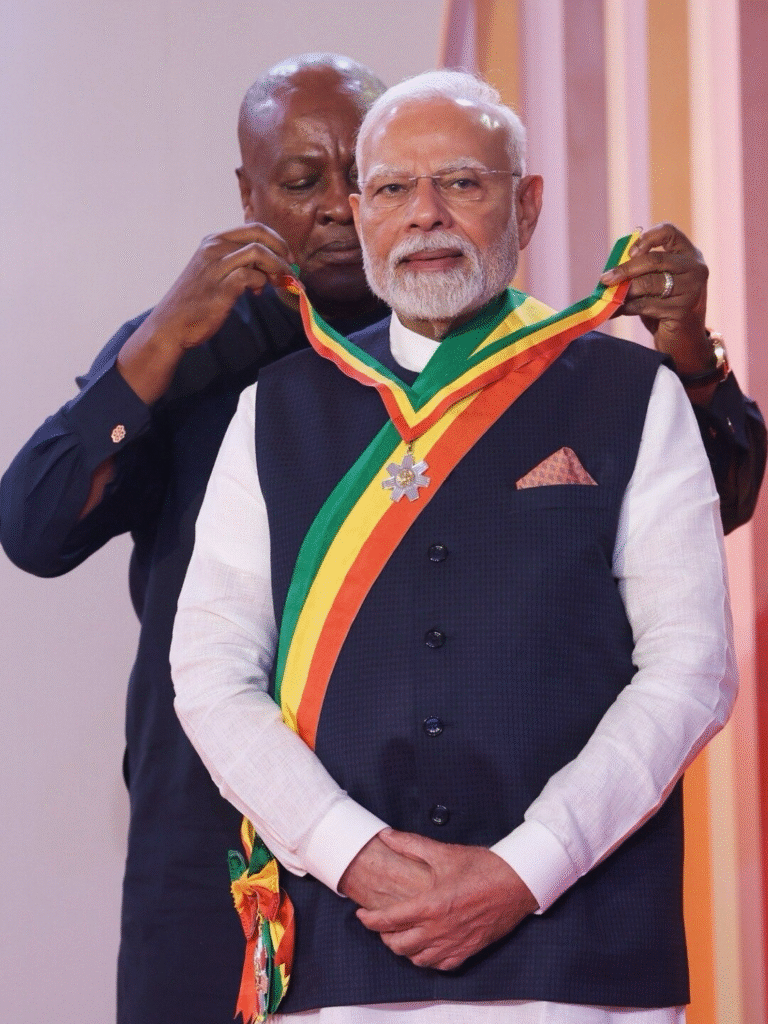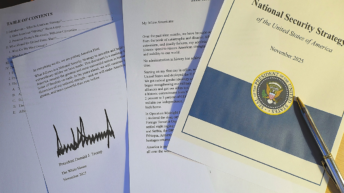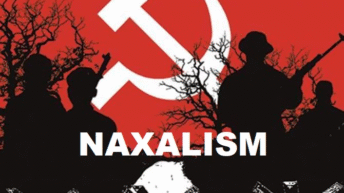
Prime Minister Narendra Modi’s five nation tour with Ghana and Namibia as the key African stops, has revived the historic ties between India and Africa. But unlike other African tours taken by Indian Prime Ministers, this tour comes at a time when many countries are trying to reorient and diversify the critical mineral supply chains. For India, diversifying its partnership with African countries is no longer optional, but essential for a resilient, diversified supply chain to support its clean energy and industrial expansion ambitions. This outreach is also a reflection of India’s broader Indo-Pacific strategy. This strategy reflects that Africa is no longer in the distant periphery, but has become an integral part of the emerging global economic system..
India’s engagement with Ghana has historical roots in shared struggles for independence, post-colonial solidarity and developmental cooperation. India opened a representative office in Accra in 1953, prior to Ghana gaining independence, and established full-fledged diplomatic relationship with the country in 1957, immediately after it gained Ghana regained its freedom under Kwame Nkrumah. India and Ghana were co-founders of Non-Aligned Movement, a group of post-colonial states that were not aligned with the USA or USSR during the Cold War period. The members of this group stood for sovereignty, neutrality, non-interference, and peaceful resolution of disputes. The relationship however declined in 1966 after Nkrumah was overthrown. In 2002, President John Kufour rekindled the India-Ghana relationship and India funded Ghana’s Seat of Government in 2008, bolstering ties between two countries. Although the Non-Aligned movement has faded, its principle has crystallized into South-South Cooperation– exchange of technologies, skills, resources, and knowledge between emerging economies. Trade between India and Ghana amounts to $3 billion annually, with a surplus for Ghana.
Namibia and India alos have a historical relationship. India was amongst the first nations to raise the question of Namibian independence in 1946 and recognised early the South West Africa People’s Organisation (SWAPO) as the legitimate representative of the Namibian people and hosted its first overseas office in India in 1986. After Namibia gained independence in 1990, India immediately established diplomatic ties and contributed to Namibia’s state-building through capacity-building programs, scholarships, and technical assistance in education, water management, and healthcare. The trade between India and Namibia stood at $814 million in 2023-2024, and India invested $800 million in Namibia, largely in the mining sector, including zinc and diamonds. The translocation of eight cheetahs from Namibia to India’s Kuno National Park in 2022 is another well-known token of the cordial relations between India and Namibia, and the Indian Prime Minister’s visit after nearly three decades showcases the importance India attaches to its relationship with the country.
Prime Minister Modi’s tour to Ghana and Namibia is a calculated move in line with India’s evolving strategic doctrine that links economic security with geopolitical outreach. The purpose of the visit was to build resilient supply chains for critical minerals and position Africa as a key partner in this area. Ghana and Namibia possess critical minerals essential for powering this century’s economy.
Ghana has significant deposits of lithium, bauxite, manganese, and rare earths, needed for clean energy generation and battery storage. The discovery of lithium in the Central and Western region of Ghana, including the notable Ewoyaa mine has drawn attention from global players and India does not want to be left out. The added advantage of being a stable democracy and possessing an English-speaking workforce also makes Ghana a valuable partner in India’s mission to diversify the provenance of critical resources, promote South-South cooperation, and spur the development of a multipolar Indo-Pacific where African countries are important stakeholders.
Namibia is also emerging as an important player in this context because of its uranium, rare earths, cobalt, lithium, and zinc.. The programme for boosting nuclear energy generation and the ambition to produce electric vehicles (EVs) on a large scale makes Namibia a crucial partner to India.
Namibia’s green hydrogen projects and growing expertise in renewable energy generation opens up additional opportunities for India to forge partnership with that nation. Its Atlantic coastline provides maritime access to Southern Africa. This will also help India to include Africa as an essential target of its mineral procurement diplomacy in the quest for strategic autonomy.
Prime Minister Modi’s outreach to Ghana and Namibia is a clear sign that India’s Africa policy is shifting from post-colonial symbolism to the pursuit of strategic depth. As the world moves to diversify its mineral base and reduce its reliance on China, which is the dominant player in the critical minerals supply chain, India’s outreach aims at building long-term partnerships, showing solidarity, and expanding developmental collaboration.






Add comment